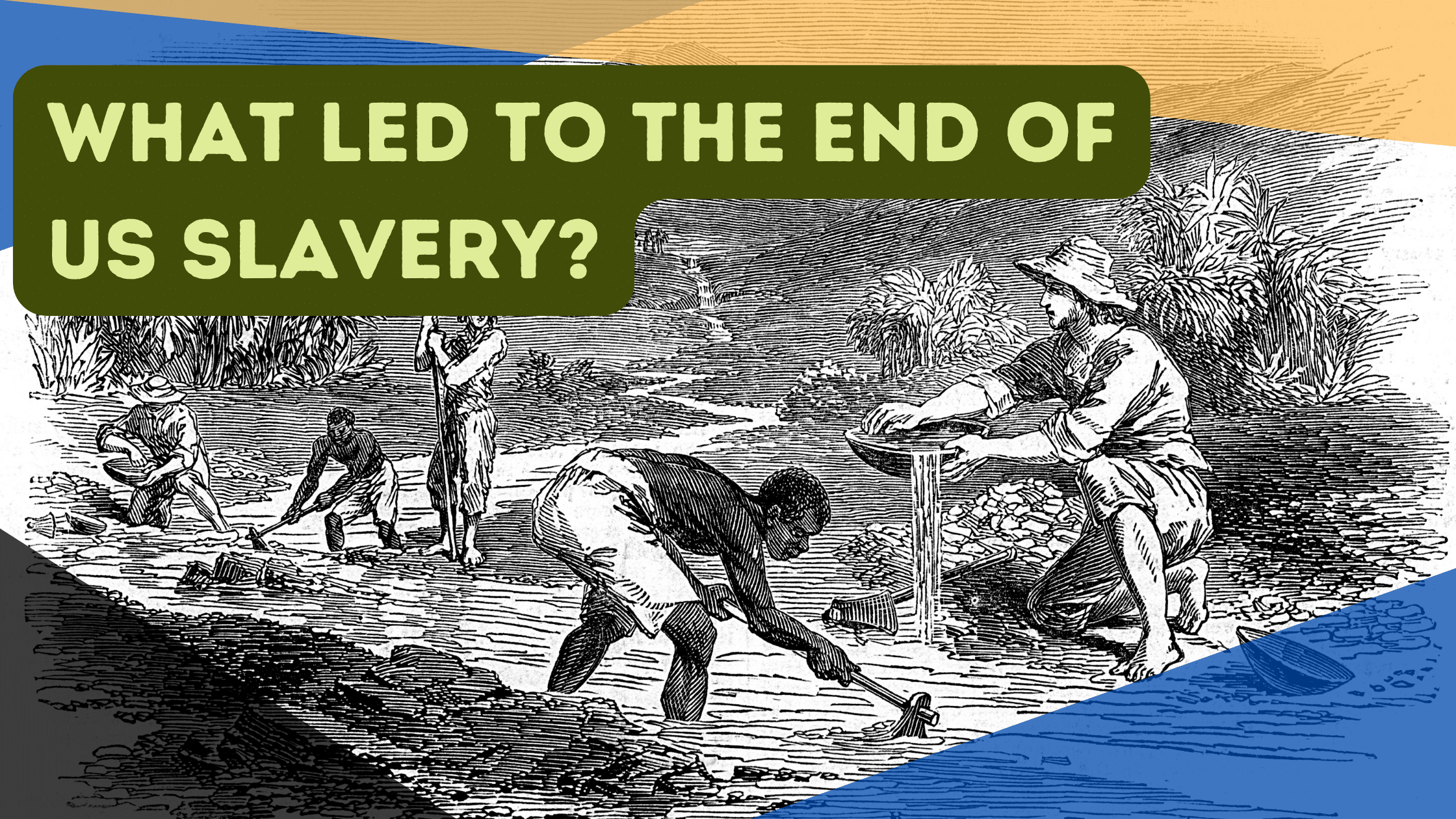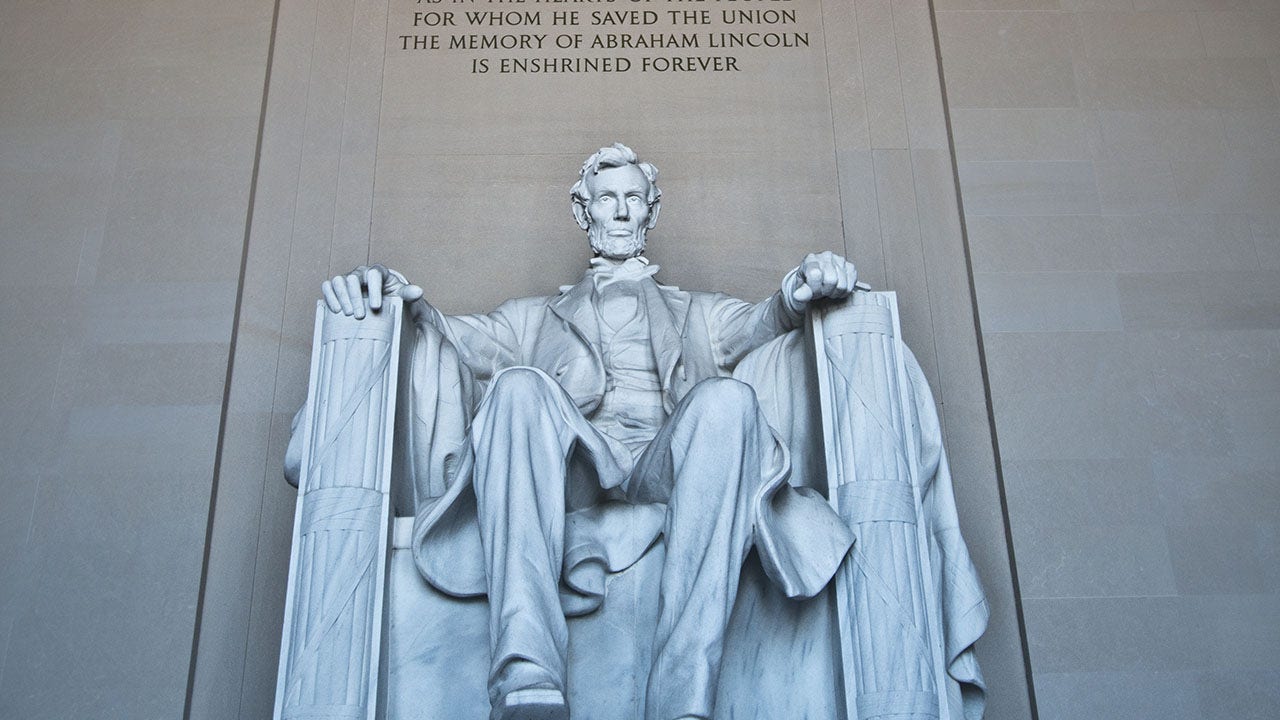When Was Slavery Abolished In America: A Comprehensive Timeline And Analysis
The abolition of slavery in America remains one of the most significant turning points in the nation's history. It marked the end of a dark era and set the stage for a new chapter in civil rights and human dignity. Understanding when slavery was abolished in America requires delving into the historical events, legal milestones, and social movements that shaped this transformative period.
Slavery had been a deeply entrenched institution in the United States for centuries, with its roots dating back to the colonial era. It was not merely an economic system but also a reflection of deeply ingrained social and racial inequalities. The journey toward abolition was long and fraught with challenges, involving courageous individuals, political leaders, and grassroots movements.
This article explores the timeline, key figures, and events that led to the abolition of slavery in America. By understanding this history, we can appreciate the progress made and recognize the ongoing work needed to address systemic inequalities. Let's dive into the details and uncover the truth behind when slavery was abolished in America.
Read also:Discover The Real Name Of Autumn Ivy Unveiling The Star Beyond The Spotlight
Table of Contents
- Timeline of Slavery Abolition in America
- Legal Landmarks in the Abolition Process
- The Emancipation Proclamation
- The 13th Amendment: The Legal End of Slavery
- Key Figures in the Abolition Movement
- Social Impact of Slavery Abolition
- Economic Consequences of Abolition
- Challenges After Abolition
- Modern Implications of Slavery Abolition
- Conclusion and Call to Action
Timeline of Slavery Abolition in America
The abolition of slavery in America did not happen overnight. It was a gradual process spanning several decades, marked by significant events and milestones. Below is a detailed timeline highlighting the key moments in the journey toward ending slavery:
Colonial Era to Early 19th Century
Slavery began in the American colonies in the early 17th century, with the arrival of the first African slaves in Jamestown, Virginia, in 1619. By the late 18th century, slavery had become a cornerstone of the Southern economy, while the Northern states gradually moved toward abolition.
- 1777: Vermont becomes the first American territory to ban slavery in its constitution.
- 1787: The Northwest Ordinance prohibits slavery in the Northwest Territory.
- 1808: The United States bans the importation of new slaves, although domestic slave trading continues.
Mid-19th Century
The mid-19th century saw increasing tensions between pro-slavery and anti-slavery factions, culminating in the Civil War. Key events during this period include:
- 1831: William Lloyd Garrison publishes the first issue of "The Liberator," a prominent abolitionist newspaper.
- 1850: The Fugitive Slave Act strengthens the legal framework for capturing escaped slaves, sparking widespread outrage.
- 1857: The Dred Scott decision by the Supreme Court declares that African Americans are not citizens and cannot sue for their freedom.
Legal Landmarks in the Abolition Process
The legal framework for abolishing slavery in America was built through a series of landmark decisions and legislative acts. These laws played a crucial role in dismantling the institution of slavery and laying the groundwork for civil rights:
The Missouri Compromise (1820)
This legislation attempted to balance the power between free and slave states by admitting Missouri as a slave state and Maine as a free state. It also prohibited slavery in the Louisiana Territory north of the 36°30' parallel.
The Compromise of 1850
This series of laws aimed to resolve the sectional crisis between the North and South. It included the Fugitive Slave Act, which mandated the return of escaped slaves, and the admission of California as a free state.
Read also:Unveiling The Secrets Of Main Ivy A Comprehensive Guide
The Emancipation Proclamation
One of the most iconic moments in the abolition of slavery was the issuance of the Emancipation Proclamation by President Abraham Lincoln on January 1, 1863. This executive order declared that all enslaved people in Confederate-held territory were to be set free.
While the Emancipation Proclamation did not immediately end slavery, it shifted the focus of the Civil War from preserving the Union to ending slavery. It also paved the way for the passage of the 13th Amendment.
The 13th Amendment: The Legal End of Slavery
The 13th Amendment to the United States Constitution, ratified on December 6, 1865, officially abolished slavery and involuntary servitude, except as punishment for a crime. This amendment marked the legal end of slavery in America and was a monumental achievement for the abolitionist movement.
According to the National Archives, the 13th Amendment was the culmination of decades of activism and legal battles. Its passage was a testament to the resilience and determination of those who fought for freedom and equality.
Key Figures in the Abolition Movement
The abolition of slavery in America was driven by a diverse group of individuals who dedicated their lives to ending this inhumane practice. Below are some of the most prominent figures in the abolitionist movement:
Frederick Douglass
Frederick Douglass, a former slave turned abolitionist leader, was one of the most influential voices in the fight against slavery. His powerful speeches and writings exposed the brutality of slavery and inspired countless others to join the cause.
Harriet Tubman
Harriet Tubman, known as the "Moses of her people," was a conductor on the Underground Railroad, helping hundreds of enslaved individuals escape to freedom. Her bravery and leadership made her a symbol of resistance and hope.
William Lloyd Garrison
William Lloyd Garrison was a prominent abolitionist journalist and founder of "The Liberator." His uncompromising stance against slavery helped galvanize public opinion and build momentum for the abolitionist movement.
Social Impact of Slavery Abolition
The abolition of slavery had profound social implications for both African Americans and the nation as a whole. It marked the beginning of a long and difficult journey toward racial equality and justice.
For African Americans, emancipation meant the opportunity to pursue education, own property, and participate in civic life. However, it also brought new challenges, such as discrimination, segregation, and economic hardship. The Reconstruction era following the Civil War was a critical period for addressing these issues, although progress was often slow and uneven.
Economic Consequences of Abolition
The end of slavery had significant economic consequences, particularly in the Southern states where slavery had been a central component of the economy. The loss of free labor forced plantation owners to adapt to new economic realities, often resulting in reduced profits and increased labor costs.
At the national level, the abolition of slavery paved the way for industrialization and economic growth. The freed slaves contributed to the workforce, helping to build the nation's infrastructure and expand its economy. However, many African Americans faced systemic barriers that limited their economic opportunities.
Challenges After Abolition
Despite the legal abolition of slavery, African Americans continued to face numerous challenges in the years following emancipation. These included:
- Jim Crow laws: Racial segregation and discrimination were codified in many Southern states through Jim Crow laws, which persisted well into the 20th century.
- Economic inequality: Many African Americans struggled to find stable employment and access to resources, perpetuating cycles of poverty.
- Civil rights struggles: The fight for civil rights continued for decades, culminating in the Civil Rights Movement of the 1960s.
Modern Implications of Slavery Abolition
The legacy of slavery and its abolition continues to shape American society today. Issues such as systemic racism, economic inequality, and social justice can be traced back to the historical context of slavery and its aftermath.
Efforts to address these issues include ongoing advocacy for racial equality, reparations for slavery, and education about the history of slavery and its impact. Understanding the past is essential for building a more just and equitable future.
Conclusion and Call to Action
The abolition of slavery in America was a hard-fought victory achieved through the dedication and sacrifices of countless individuals. While the legal end of slavery marked a significant milestone, the struggle for racial equality and justice continues to this day.
We encourage readers to reflect on this history and take action to address the lingering effects of slavery. Whether through education, activism, or supporting organizations working for social justice, each of us can play a role in creating a more inclusive and equitable society.
Please share this article with others and explore more resources on the history of slavery and its abolition. Together, we can honor the legacy of those who fought for freedom and work toward a brighter future for all.


